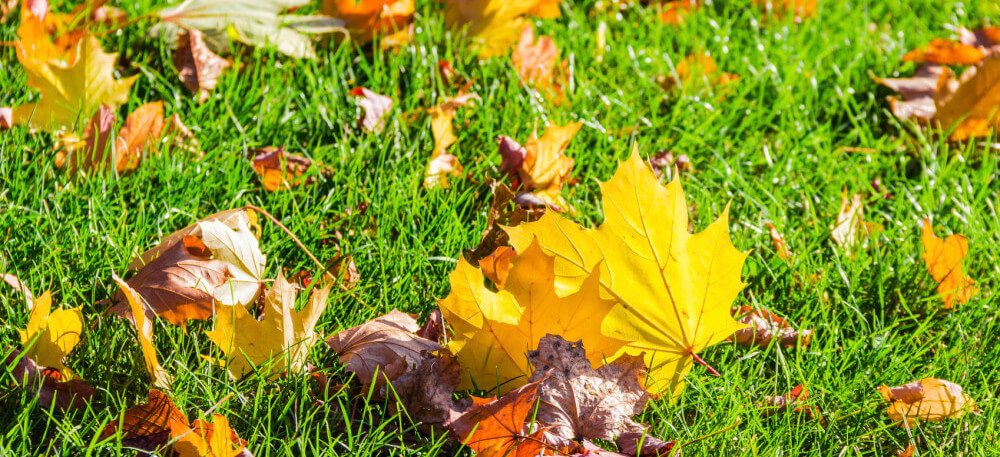Generally speaking, the summer of 2014 on average was a little cooler and wetter than the past few years. The few hot and humid periods did cause a spike in disease issues like red thread but overall our lawns’ were fortunate not to have to endure extended drought. What does this mean for the average lawn as fall is a mere few weeks away?
First, actively growing lawns means faster recovery and a more robust turf plant going into the winter, especially if you take advantage of the weather. Aerating, over seeding, lime, a few fertilizer applications, and perhaps potassium will put your lawn in top condition for next spring. My advice is not to squander this unique scenario and time period but seize its advantages.
A bit of caution, healthy growing grass can easily mask grubs eating your lawns roots. The classic brown patchiness may not be visible until the invaders are much larger and difficult to control this fall or next spring. If you have not had a preventative grub treatment earlier this year, take a brisk walk around your lawn, especially in the sunny areas, and pull up on the grass to see if it is weakly rooted. If so, you may well see small white grubs within the first few inches of loam below the grass. Treat them now, don’t wait!
Over seeding with such warm, moist soil is a dream come true for lawns and can yield fantastic results to help thicken up your existing lawn. Bare patches should be top-dressed and then seeded after aeration. September and early October are the best time periods to seed a lawn, no question about it. Seed your lawn now, don’t wait until spring!
Healthy grass will grow aggressively and save extra energy down below in the root system. Providing a generous supply of nutrients during the fall allows for a healthy growing lawn that can save extra energy for winter and next spring’s green-up. Don’t forget to fertilizer a few times and be sure to lime. If you forgot to lime this year, it’s never too late as liming any time is just fine.
A final word on year-end lawn mowing. Keep your cut high at 3” for now but you can begin to lower it in October by about ½” per week. The slow decline in height will help harden your lawn off and not expose it to a harsh scalping on one massive slicing. Most lawns will grow well into late November so your final cut should end up at around 1” to 1.5” in November. Mowing short in height is ideal for helping minimize snow mold and winter damage caused by long grass.
This fall could be the best in years, don’t let your lawn miss out on a great growing opportunity.

Fall Lawn Tips
Tags:
aeration
, chippers
, Fertilizer
, lawn companies
, Lime
, trugreen
, turf
, white grubs
, upper valley lawn care
, bow lawn care

